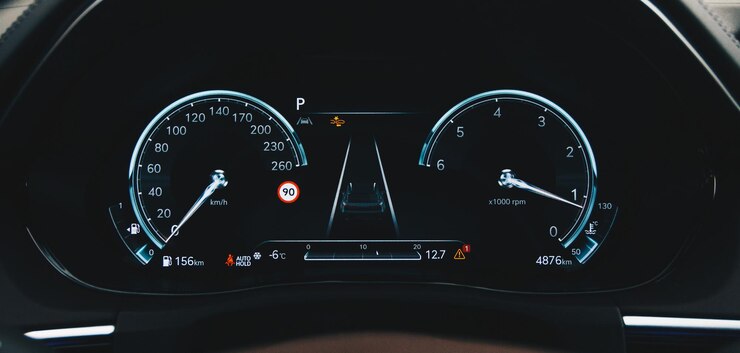Collision warning systems have become increasingly prevalent in modern vehicles, offering an added layer of safety by detecting potential collisions and alerting drivers to take necessary action. These systems use a combination of sensors, cameras, and advanced algorithms to monitor the vehicle’s surroundings and provide timely warnings if a collision risk is detected. However, like any technology, collision warning systems may encounter issues that trigger warning lights on the dashboard. In this article, we will explore the importance of troubleshooting collision warning system warning lights and provide some helpful tips to address them effectively.
Understanding Collision Warning Systems: Collision warning systems are designed to assist drivers in preventing or mitigating collisions by providing visual, audible, or tactile alerts. These systems use sensors or cameras to monitor the road ahead and detect potential hazards, such as other vehicles, pedestrians, or obstacles. When the system detects an imminent collision or a sudden change in the relative distance and speed of objects, it activates warning lights or sounds to grab the driver’s attention and prompt them to take evasive action.
Importance of Troubleshooting Collision Warning System Warning Lights: Properly functioning collision warning systems are crucial for several reasons:
- Safety Enhancement: Collision warning systems provide an additional layer of safety by alerting drivers to potential hazards and giving them an opportunity to react promptly. Timely warnings can help prevent accidents or reduce their severity by giving drivers more time to brake or maneuver.
- Confidence in the System: When the collision warning system operates without any issues, drivers can have confidence in its effectiveness and rely on it to enhance their driving experience. Troubleshooting warning lights helps ensure the system’s reliability and maintain trust in its functionality.
- Vehicle Value: Many modern vehicles come equipped with collision warning systems as standard or optional features. Ensuring the proper operation of these systems, including addressing warning lights promptly, helps maintain the value of your vehicle if you decide to sell or trade it in the future.
Troubleshooting Collision Warning System Warning Lights:
- Check for Obstructions: Examine the sensors and cameras of the collision warning system to ensure they are not obstructed by dirt, debris, ice, or other substances. Clean the sensors using a soft cloth and a mild cleaner, following the manufacturer’s instructions.
- Verify Proper Sensor Alignment: If the warning lights persist, it is possible that the sensors may be misaligned. Consult your vehicle’s owner manual for instructions on how to recalibrate or align the collision warning system. In some cases, professional assistance may be required.
- Address Electrical Issues: Warning lights can also be triggered by electrical problems within the collision warning system. Check the vehicle’s electrical connections, fuses, and wiring associated with the system. If you notice any loose connections, damaged wires, or blown fuses, have them repaired or replaced by a qualified technician.
- Professional Diagnosis: If troubleshooting steps do not resolve the warning lights, or if you are unsure about how to address the issue, it is recommended to seek assistance from a qualified technician or an authorized service center. They have the necessary expertise and diagnostic equipment to identify and resolve complex issues within the collision warning system.
- Software Updates: Some warning light issues can be resolved through software updates provided by the vehicle manufacturer. Check if there are any available updates for your vehicle’s collision warning system and have them installed by a professional if necessary.
- Regular Maintenance: Incorporate regular maintenance checks for the collision warning system into your vehicle’s routine service schedule. This includes verifying the proper functioning of the system, cleaning sensors, and addressing any issues promptly to maintain optimal performance.
Troubleshooting collision warning system warning lights is crucial for ensuring the reliable operation of these safety systems. By following the tips provided in this article and addressing warning lights promptly, you can maintain the effectiveness of your collision warning system, enhance safety on the road, and enjoy the peace of mind that comes with advanced collision detection technology. Remember, if you encounter persistent issues or are unsure about the troubleshooting process, it is always best to seek professional assistance to ensure the proper functioning of your collision warning system.











